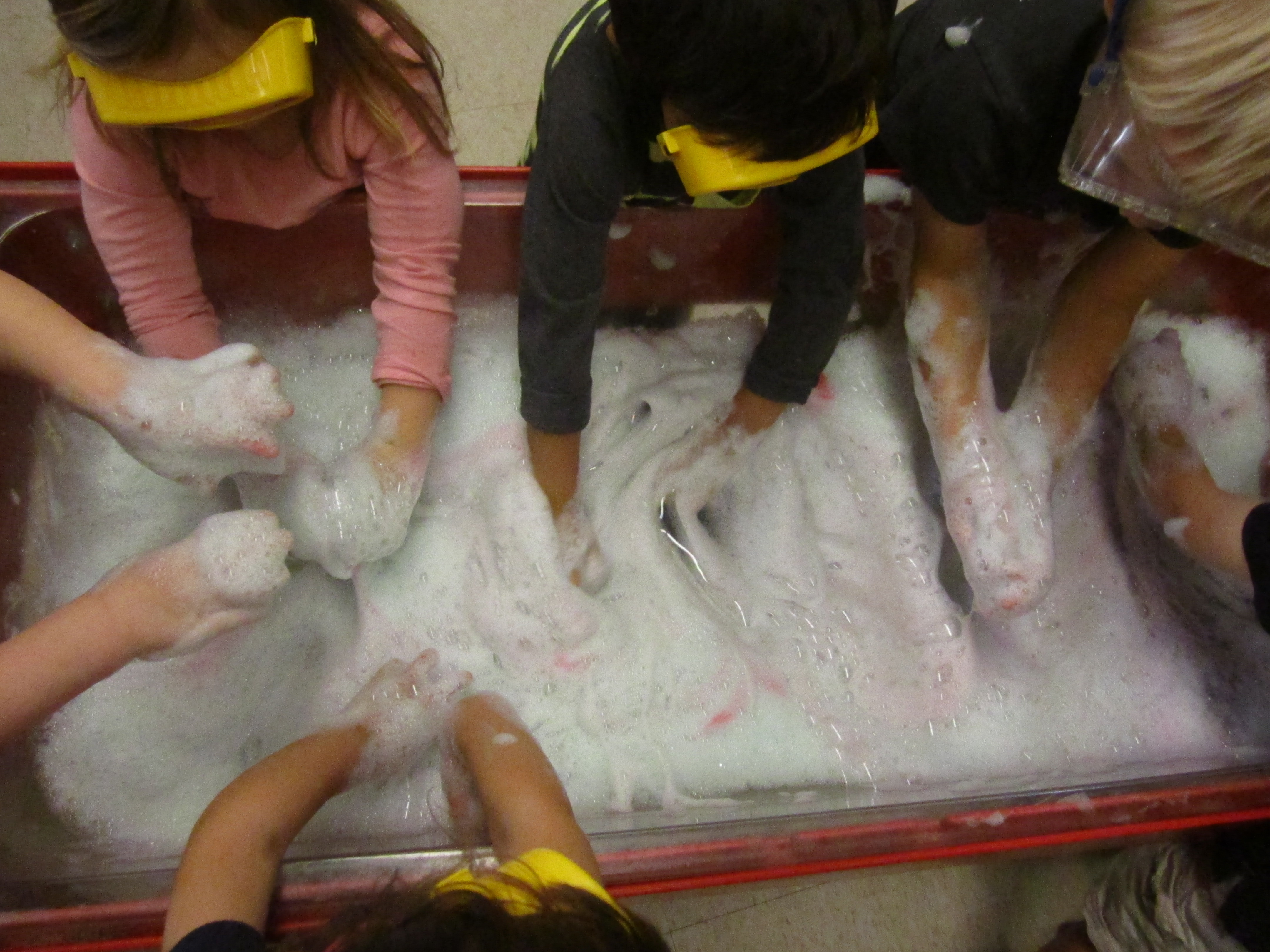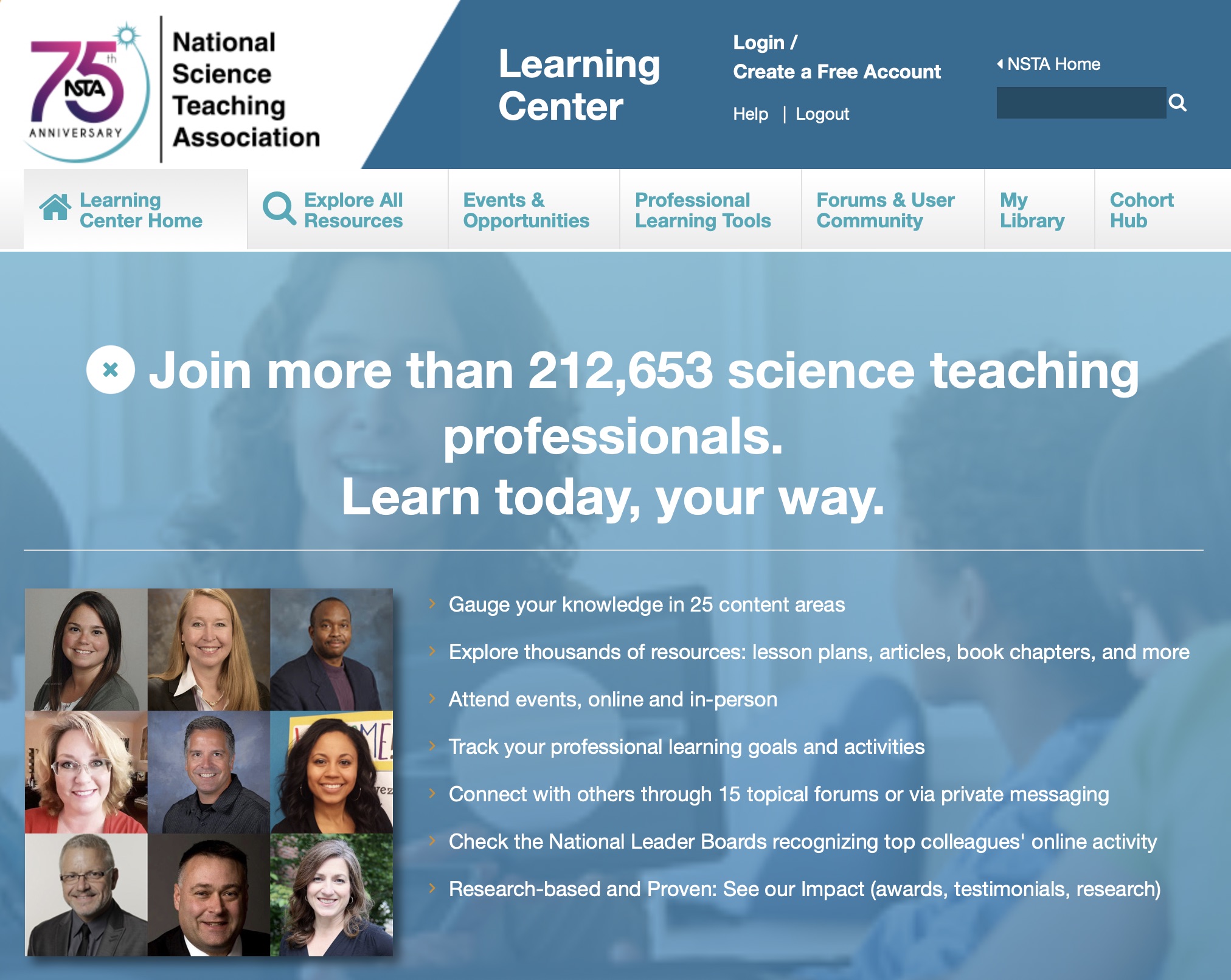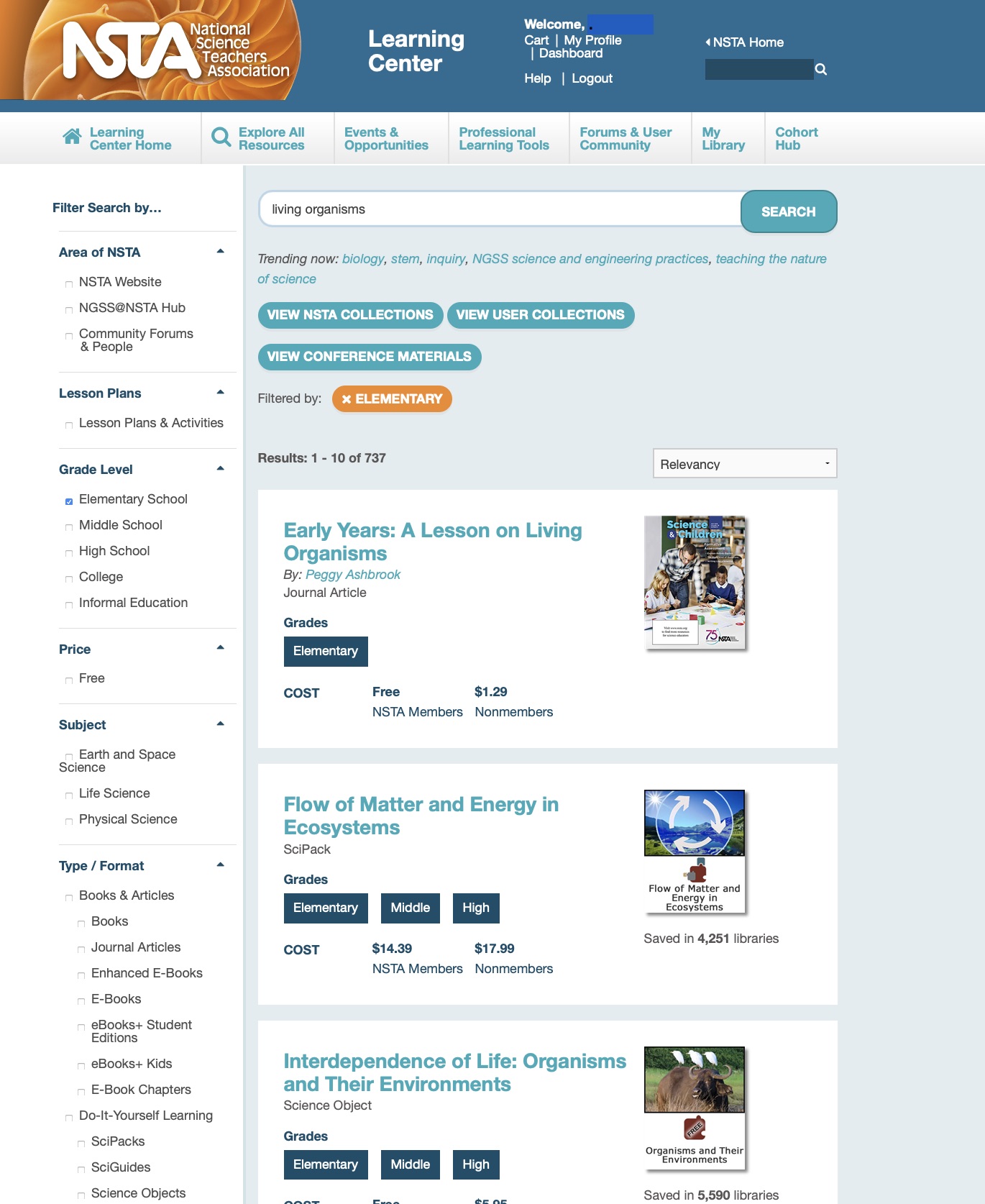According to the NSTA Position Statement titled “The Integral Role of Laboratory Investigations in Science Instruction,” there must be adequate storage space for all materials. From a safety and environmental regulation standpoint, proper storage is a critical issue. Teachers and their supervisors must secure appropriate storage spaces in science labs, especially during renovations or new construction projects.
Science education requires equipment, labware, hazardous chemicals, and project storage. To meet this need, dedicated storage space with specific types of casework is required, including open shelving or cabinets in labs or dedicated storage spaces or rooms. Legal safety standards such as OSHA’s Housekeeping Standard and safe walkways come into play. The safer storage of hazardous chemicals is also governed by many local, state and federal regulations, like NFPA and EPA codes.
Adequate space
Educational specification for construction of science labs and storerooms varies from state to state. However, in general, a preparation room and storage space should be about 10 square feet per student and contain specialized, secure cabinets for different kinds of chemicals, according to the NSTA Guide to Planning School Science Facilities. For a more hands-on course or program, additional space for storage would be required to meet the needs of student work.
General storage
Individual student storage and teacher and general class storage is necessary in science labs. Examples of storage spaces include wall cabinets, drawer units, tall storage units, glass front wall cabinets, microscope cases, and large open/closed areas in all shapes and sizes, depending on the need. Appropriate lighting to reduce the chance of accidents or errors is also critical for a safer operation.
Another critical element to laboratory storage is security. All storage areas must have lock controls to guard against theft or damage. There are legal ramifications under duty of care should a student take a piece of lab equipment/supplies out of the lab and it results is an injury. As long as there is a reasonable deterrent, however, the licensed or certified educator is legally on solid ground in courtroom.
In addition, here are several considerations for storage cabinets:
• Choose solid hardwood construction instead of particle board.
• Cabinets should be securely anchored with known weight limits.
• An inside usable depth of at least 15 inches (38 cm).
• Lock cylinders should be keyed alike for convenience with access for only authorized employees.
• Self-closing drawers/doors will also promote safety.
• All cabinets and shelving are required to be properly secured to walls or other suitable structural supports to prevent movement during a seismic event or similar type of force causing motion.
• Step stools or stepladders should be available to reach high storage places safely.
• NFPA-13 requires that sprinkler heads have a clear distance of 18 inches (0.46 m) from the ceiling to the top of cabinets and/or shelves.
• The bottom of wall cabinets should be 18 to 24 inches or (0.46 to 0.61 m) above the workstation counter tops.
• Wall cabinet doors should have glass panels in order to enhance safety by allowing the contents to be visible. Wired or polycarbonate glazing should be used for cabinets with windows or display cases.
Storage and operation of technology equipment, such as laptop computers, in drawers is also a good idea. Some technology equipment tends to be heat sensitive and therefore requires sufficient ventilation or air movement. Forced air resulting from small fans or screens in the drawer may be helpful in preventing this problem.
Storage for Hazardous Chemicals
Hazardous material storage depends on the hazard (e.g. flammables, combustible materials, corrosives), the quantity and type of operations that are used, and whether the material has gas cylinders, toxic components and highly reactive substances.
Chemicals have different storage conditions, including heat and light sensitivity. Teachers need to be aware of the chemical nature of each chemical used and accommodate for that need based on information provided the chemical Safety Data Sheets and labeling information. Be aware that fume hoods are not for storing any kind of material. This is a significant OSHA violation.
Store the minimum levels of inventory consistent with the lesson plans and dispense limited amounts as needed, being attentive to compatibilities.
OSHA’s Hazard Communication Standard (29 CFR 1910.1200) specifies chemical information on all commercial containers, such as the name of chemical, hazard warnings and name/address of the manufacturer or importer. However, it may be more useful to have a decision date on a container than its expiration date. When the decision date has been reached, the chemicals/products are removed from the shelf and the controller either overrides the decision date and sends the product back with a new decision date or the product is properly disposed of.
The following guidelines should be considered for chemical storage rooms based on legal safety standards and better professional safety practices.
• Appropriate ventilation as required by NFPA-45 is to be provided with continuous air flow exchanges;
• Store only the smallest amounts of products that can be consumed in a school year, but do not exceed the amounts permitted to be stored by OSHA 29 CFR 1910.106 and NFPA 45, as well as maximums set by any other state/local building and fire codes; amounts of flammables as mandated by OSHA 29CFR 1910.106 and NFPA 45.
• Use caution in dealing with peroxides in peroxide-forming chemicals. They are accelerated in the presence of UV light and higher temperatures. Examples of peroxide forming chemicals can be found here.
• Always isolate dissimilar reactive materials (e.g., strong acid-base groups and strong reducing agents and oxidizers).
• Shelf units must be firm, stable, and secured to the walls to prevent sliding, collapsing or falling over.
• Lips or shelf-edge restraints should be placed on every shelf.
• Trays are needed under large volumes of bottles containing liquids to prevent spread of leaks.
• Floors are required to have curbs, scuppers, special drains, or other suitable means to contain spills and prevent the flow of liquids into adjacent building spaces. If a drainage system is used, it should have sufficient capacity to carry the expected discharge of water from fire protection systems and/or hose streams, except if the containers stored do not exceed 10 gal. (38 L), then the storage area need not meet the requirements stated above.
• Nothing should be stored on the floor.
• Water sprinklers.
• Doors with self or auto close hardware.
• Doors to chemical storage areas must be secured with lockable hardware and the access limited to persons trained for the proper handling and operating procedures (science teachers, administrators).
• In spaces dealing with Class 1 liquids/explosive vapors, the light fixtures, switches, electrical equipment, and wiring shall be classified electrically with respect to Article 500 of NFPA 70, National Electrical Code as Class 1, Division 2. The electrical wiring and equipment in storage rooms for Class 11 and Class 111 liquids are permitted to be suitable for general purpose use by NFPA 70, National Electrical Code.
• One or more fire extinguisher (A,B, or C type; D type for combustible metals).
• Appropriate signage advising the need for splash goggles.
• Electrical receptacles located on workstations should be installed 6 inches above the work surface;
• Wall assemblies are required to be constructed to prescribed fire resistance ratings;
• Class I flammable liquids can not be stored at basement level;
• Containers should not be stacked on top of each other;
• Larger storage rooms (greater than 500 sq. ft.) should have at least two remount exits;
• Fans that could produce a spark, both the rotating element and the casing shall be constructed of nonferrous material or of other suitable spark-resistant materials;
Depending on the hazardous materials inventory, an additional type of storage may be necessary, such as flammable liquid cabinets, glass bottles, safety cans, approved plastic containers, and laboratory explosion-proof refrigerators.
Storage cabinets for flammable and combustible materials may need to be mechanically ventilated in accordance with the manufactures listed recommendations and as required by any other local requirements. These cabinets usually have vent ports that can be connected to ducts. The vapors can then be exhausted to outside air. These cabinets can be placed in almost any location as long as proper ventilation is available. Safety cans and other approved containers can be stored in these cabinets. Again, proper signage is required (e.g., Caution: Flammable Liquids).
Some chemicals decompose quickly if not kept refrigerated. Even in refrigeration, chemicals eventually form products that can be flammable and explosive. Refrigerators, freezers, and other cooling equipment used to store or cool flammable liquids shall be designed or modified for such use. These modifications shall include that electrical equipment located within the outer shell or within the storage compartment, in or on the door, door frame shall meet the requirements for Class 1, Division 1 locations, as described in Article 501 of NFPA 70, National Electrical Code or NFPA-45.
Consider the following guidelines for storing chemicals in refrigerators:
• Use only refrigerators designed for chemical storage.
• Never store food and chemicals in the same refrigerator.
• Only store quantities needed.
• Remove chemicals and dispose of properly at drop dead dates.
• Use proper signage on the refrigerator noting storage items (e.g., “For Edible Food And Drink Only” and “For Hazardous Chemical Storage Only”).
• Use good housekeeping techniques when storing things in refrigerator to keep the contents neat and orderly (e.g., do not overload shelves).
• Any unattended electrical heating equipment shall be equipped with a manual reset over-temperature shutoff switch, in addition to normal temperature controls.
Submit questions regarding safety to Ken Roy at safersci@gmail.com or leave him a comment below. Follow Ken Roy on Twitter: @drroysafersci.
NSTA resources and safety issue papers
Join NSTA
Follow NSTA










 I am a preservice teacher planning some lessons on how to group plants and animals according to observable features. I am struggling to think of different activities.
I am a preservice teacher planning some lessons on how to group plants and animals according to observable features. I am struggling to think of different activities.




































 How would a science teacher intertwine DNA and Mendelian genetics into lessons to younger audiences? Could elementary school teachers introduce this field by having different colored beads on a string to represent DNA and build on from there? How should teachers handle students making inappropriate comments such as “making the perfect human”?
How would a science teacher intertwine DNA and Mendelian genetics into lessons to younger audiences? Could elementary school teachers introduce this field by having different colored beads on a string to represent DNA and build on from there? How should teachers handle students making inappropriate comments such as “making the perfect human”?